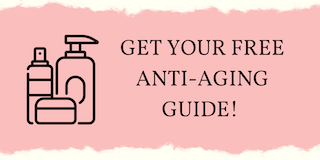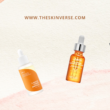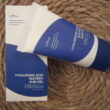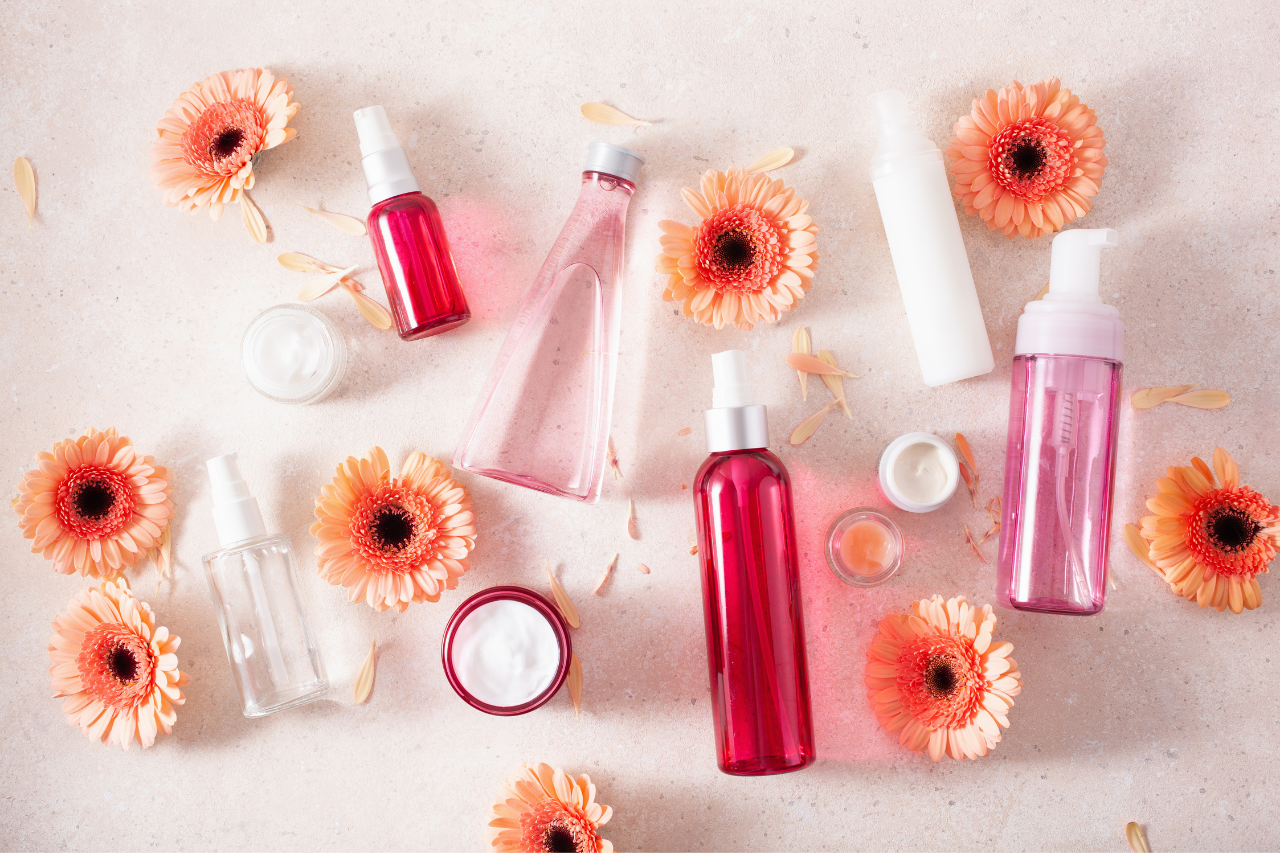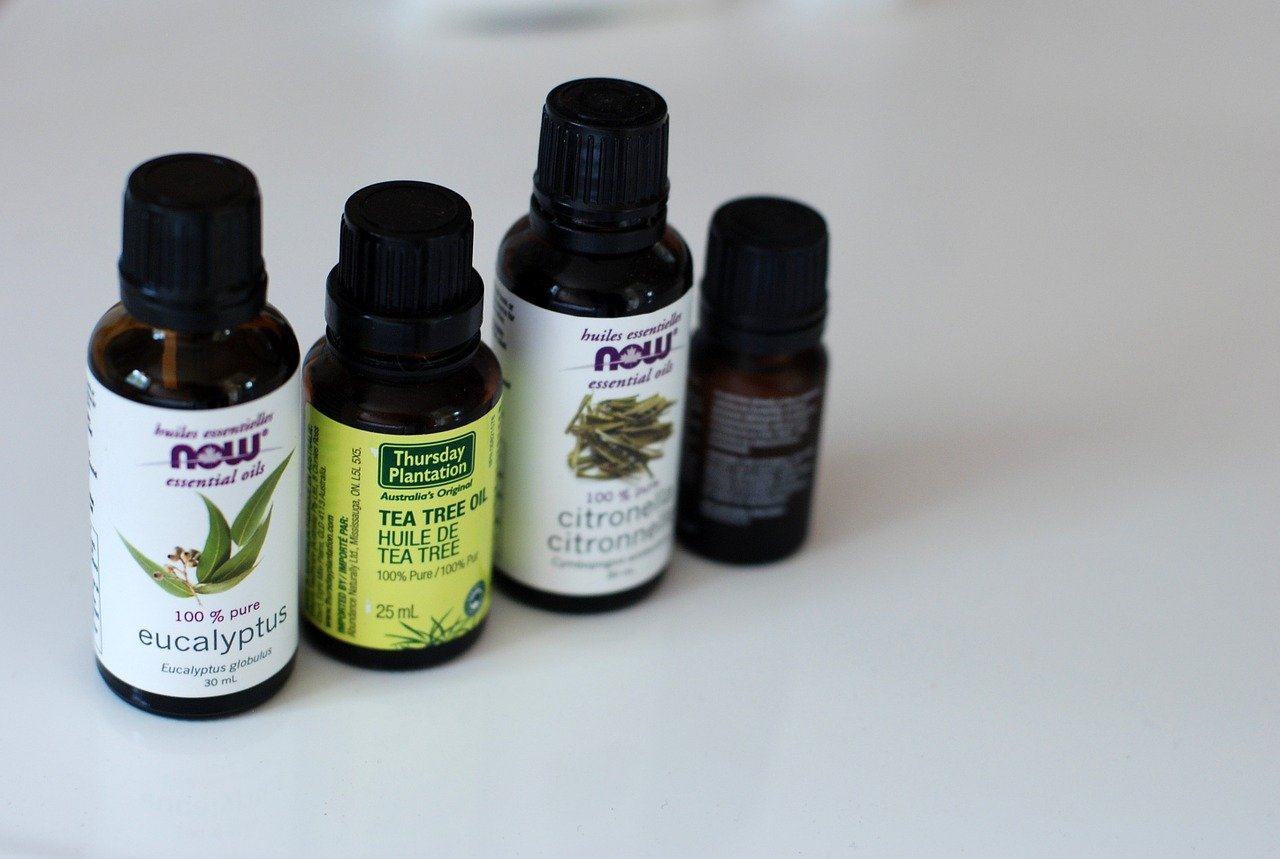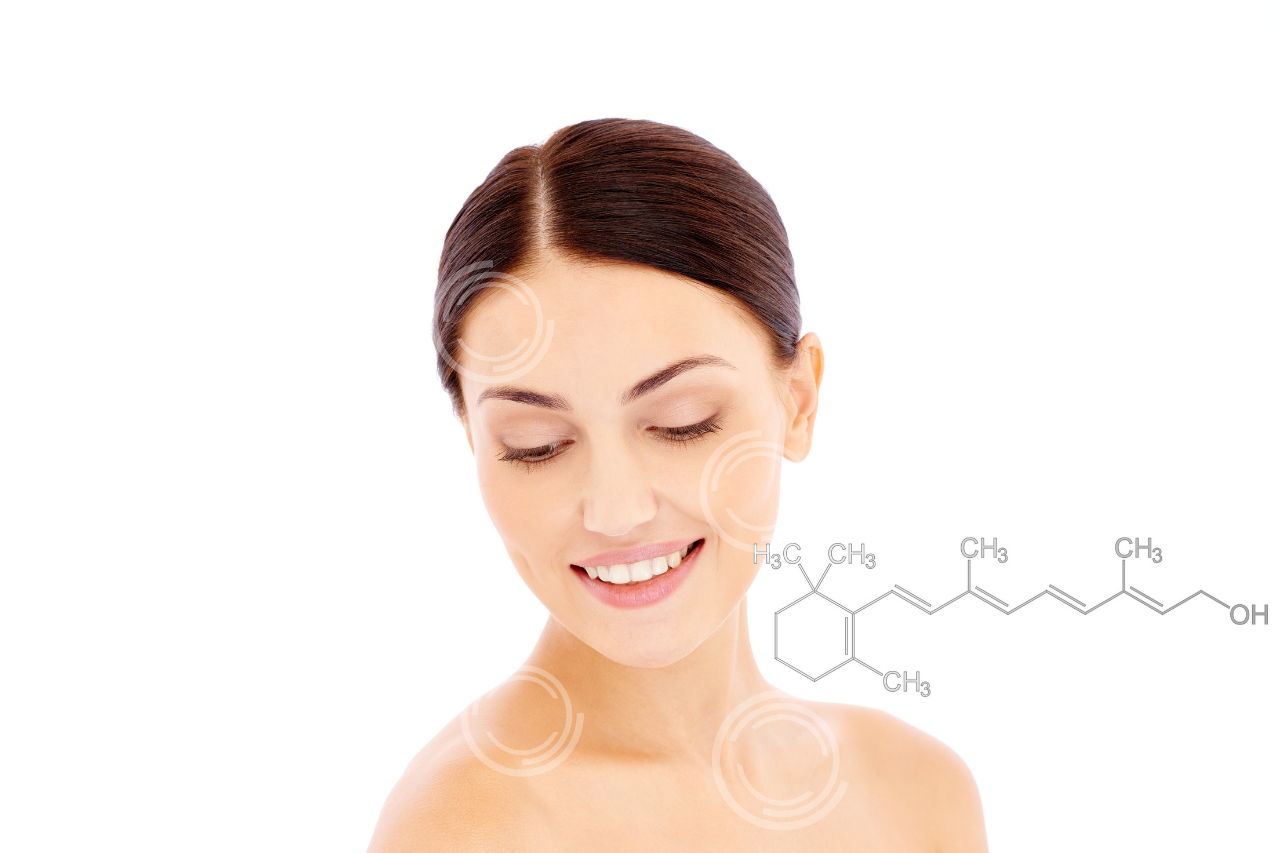Much like human relationships, skincare relationships can also be complicated. What I mean by that is, some skincare ingredients just don’t get along. Before you buy a bunch of products and layer them on, it is important for you to know what skincare ingredients are a match made in heaven and what skincare ingredients are NOT to mix.
With the skincare market expanding every day, it can be tricky to keep track of all ingredients, but we believe that you can be mindful of using certain products with special care.
We have put together a list of skincare ingredients you shouldn’t mix since they can cancel each other out or cause severe skin conditions.
#1. Skincare Ingredients Not To Mix: Retinol and Benzoyl Peroxide
Benzoyl Peroxide is an active ingredient used in acne treatment and it can work wonders when used regularly. While retinol is also a powerful ingredient that fights breakouts, it doesn’t mix with BP, what happens is that they basically cancel each other out.
As a result, you are left with zero effect on your skin. Both ingredients can leave your skin irritated, it can especially worsen the situation if your skin is on the sensitive side. There is a high chance that your skin won’t tolerate it.
However, this doesn’t mean you can’t have both of them in your skincare regimen, just don’t layer them on top of each other. For instance, it is common for retinol to be used in the evening and BP in the morning. It might come as a surprise to hear but there are some skincare products that contain both ingredients, but then again they have been specifically formulated for them to stabilize.
DO mix Benzoyl Peroxide with hydrating agents, moisturizers and finally SPF. Using it with moisturizing ingredients (like hyaluronic acid, Vitamin E, ceramides) will reduce the drying effect caused by BP.
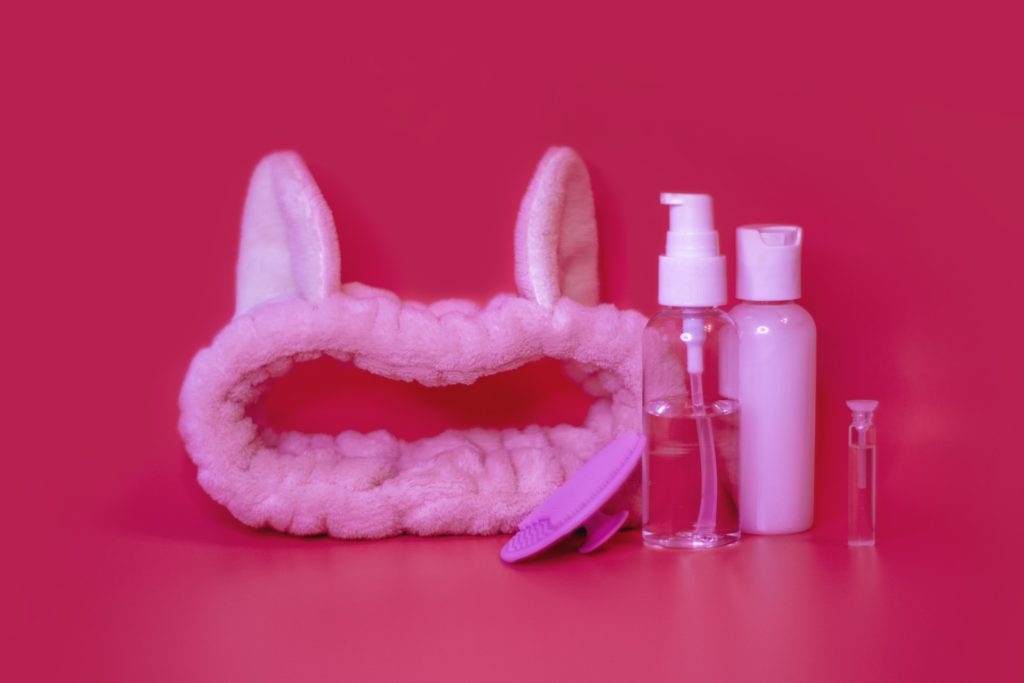
#2. Skincare Ingredients Not To Mix: AHAs/BHAs and Retinol (EVER!)
You might think that since they are both amazing at dealing with fine lines, wrinkles, pigmentation, why can’t I use them both and double the effect? Unfortunately, that’s not how it works. AHA (Alpha Hydroxy Acids) and BHA (Beta Hydroxy Acids) are chemical exfoliants that have tons of benefits for your skin.
Glycolic acid (type of AHA) is used in anti-aging formulas, salicylic acid (type of BHA) is used in acne treatment as it clears pimples, blackheads.
When you layer acids that are functioning better with lower pH (ie. potential hydrogen; aka acid-alkaline ratio) on top of retinol which is higher in pH, you neutralize the acid and make it ineffective. Basically, you waste all those ingredients when mixing them up.
Just like with BZ mentioned above, what you can do is use acids in your morning routine and retinol in the evening. Depending on the formulation, there are some products where both retinol and acids are present, but you need to consult with an expert before you take any action.
DO mix these acids with skincare products packed with moisturizing ingredients to prevent the potential drying. Emollients (aka softening agents) such as petrolatum, lanolin or humectants (agents that retain moisture in the skin) like propylene glycol, glycerin, lecithin should be the ones to look for.
#3. Skincare Ingredients Not To Mix: AHAs and BHAs (to be safe)
This one isn’t a strict no-no but mixing AHAs and BHAs is tricky because you need be extra cautious. The main reason why you shouldn’t use all acids together is that they can be harsh for your skin. At first, you might think it boosts up the efficiency, but over time it just starts working against your skin.
Over-exfoliating your skin can break down the skin barrier which protects the skin from external factors. As a result, it can lead to premature aging of your skin. Our advice – give your skin some room to adjust, use acids once a week for example and gradually build up as you go.
There are, however, some exceptions where you can use them together, without over-exfoliating, of course. We all have different skin concerns and we want to target them at the same time. So, I feel you.
The key to mixing AHAs and BHAs would be alternating them. For example, you can use AHA one day and use BHA the following day. Do you need to apply an AHA plus a BHA exfoliant at the same time? Perhaps no, your skin doesn’t need that level of exfoliation. Again, the key is NOT to over-exfoliate.
If you are acne-prone, you can try using BHA in the morning, and AHA in the evening for example. Remember that using chemical exfoliants will lead to sun sensitivity, so a sunscreen (SPF 30 at least) to finish off your routine is a MUST!

#4. Skincare Ingredients Not To Mix : Vitamin C and Retinol (The Big NO-NO)
Vitamin C has a myriad of benefits for your skin – lightens the dark patches on your skin, boosts the production of collagen, it can reduce the appearance of surgical scars as well. Even though it is a powerful antioxidant, when teamed up with acidic retinoids, it can dry out the skin and cause irritation.
When they come together, just like the case with Benzoyl Peroxide, they destabilize each other. You can also get Vitamin C from the food you eat, fruits such as tomatoes, citrus fruits, kiwis, strawberries are packed with rich Vitamin C. Be careful about storing it too, keep it away from light in a preferably dark container.
DO mix Vitamin C with topical antioxidants (read our post on antioxidants in skincare here) and SPF. As for Retinol, it needs moisturizing ingredients like hyaluronic acid, peptides, or niacinamide. Don’t forget SPF at the end of retinol routine.
#5. Skincare Ingredients You Shouldn’t Mix: Vitamin C with AHAs /BHAs
Remember what we talked about before regarding the pH levels? Well, the same applies here. Mixing skincare ingredients often triggers the question of pH levels. Vitamin C is at a level of pH 3 which is considered to be be low. And typically, the lower the pH level, the lighter the formula, which means it doesn’t come off as harsh on the skin.
So, when coming in contact with acids like glycolic or salicylic is basically going to mess with its pH and reduce its effectiveness. In order to give your skin a chance to benefit from Vitamin C, try to stick to using it on its own.
By the way, there are plenty of products in the market that use them in one formula, and it is possible to have them together, but keeping them separately is perhaps the savviest way to go about it. That is why it makes its way to our Skincare Ingredients You Shouldn’t Mix list.
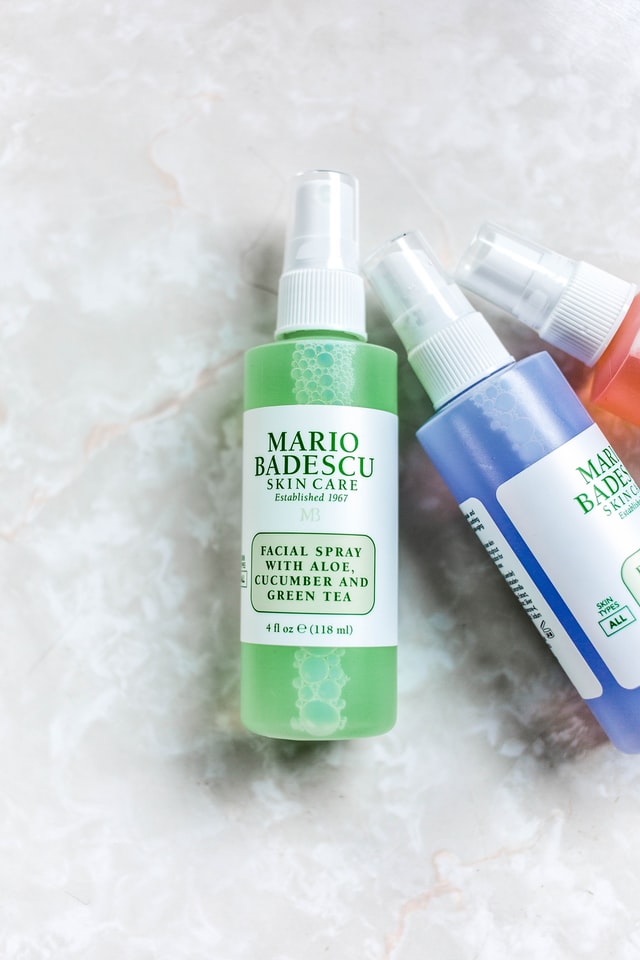
#6. Skincare Ingredients Not To Mix: Niacinamide and Vitamin C
Although niacinamide and Vitamin C are used in certain skincare formulations, layering them together isn’t a good idea. Simply put, Niacinamide (aka Vitamin B3) cancels out the effect of Vitamin C. They are both touted as powerhouse antioxidants in skincare, but they diminish each other’s effect when used together.
So, it is better to use them separately. However, if you are using serums with niacinamide and vitamin C, wait for 10 or 15 minutes after applying the first one. Because vitamin C is unstable, it makes sense to apply it first.
You want your skin to be clean and dry before putting vitamin C on it. Apply Vitamin C serum on your face, let it get absorbed well. Then, you can layer the niacinamide serum. With that said, if you had a moisturizer with Vitamin C and a niacinamide serum, you should go with the serum first because you should apply skincare products from thinnest to thickest. So, don’t make the mistake of layering creams before serums.
DO mix niacinamide with other ingredients, it is pretty skincare friendly although the exception of Vitamin C exists. Mixing skincare ingredients with niacinamide will only do good for your skin. You can use niacinamide after AHAs or BHAs. The best pair for niacinamide would probably be hyaluronic acid and peptides. Mixing skincare ingredients like niacinamide and retinol can work for the skin.
Niacinamide can reduce the risk of irritation by retinol. In a way, niacinamide acts as a buffer that protects the skin.
More on Niacinamide: The Complete Guide To Vitamin B3 For Skin

#7. Skincare Ingredients Not To Mix: Vitamin C and Copper Peptides
One of the ingredients not to be mixed with Vitamin C is copper peptides. Copper peptides are becoming a thing recently in skincare, and there is a good reason why.
Research shows that tey offer a bunch of benefits for skin like reducing fine lines, strengthening skin barrier proteins, protecting skin cells from UV radiation and so on.
When copper peptides are used with vitamin C, they quickly make the latter oxidize and as a result, it loses its antioxidant effects. For best results, keep their use separately.
#8. Skincare Ingredients Not To Mix: Glycolic Acid and Salicylic Acid
Needless to say, to acids together is never a good idea. They are both amazing chemical exfoliants that help remove dead skin cells. At the same time, these are skincare ingredients you shouldn’t mix under any circumstance.
When mixed together, these two will leave the skin irritated and dry. In case you irritate your skin by using two acids, immediately stop using them and try to moisturize the skin. Your skin should return to its previous state after 3 or 4 weeks.
Choose one of these to exfoliate the skin. If you have oily/acne-prone skin, salicylic acid can work wonders for you. If you have normal/combination skin, go with glycolic acid. Always follow with a moisturizer + sunscreen.
In conclusion
At the end of the day, it is about being mindful and being informed about what skincare ingredients you shouldn’t mix. I know that the endless world of skincare products can be pretty overwhelming.
At the same time, being an informed consumer definitely has an upside to it and we are here to help you with that. Learning what skincare ingredients you shouldn’t mix isn’t rocket science even though some will make it look like it.

